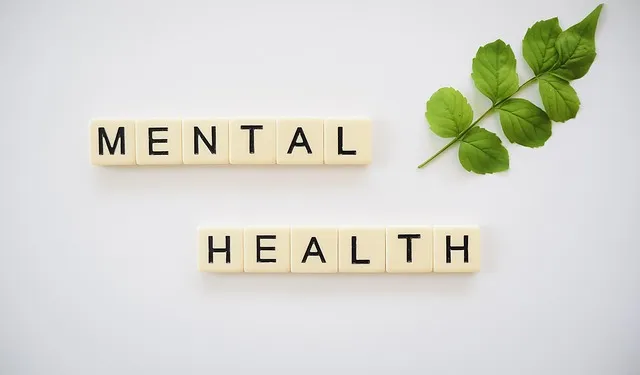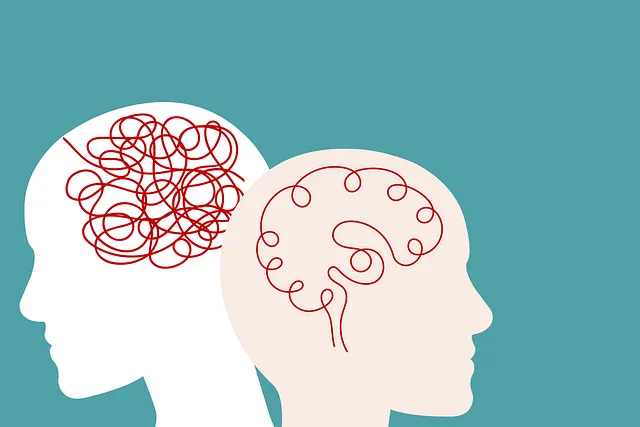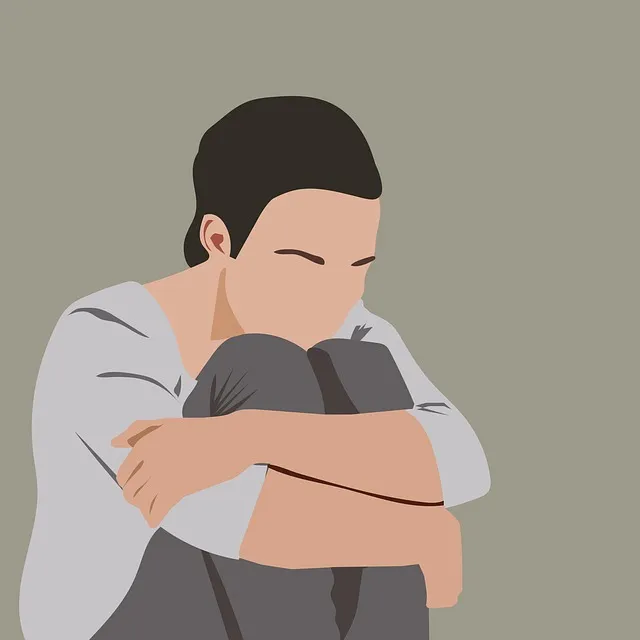Lone Tree Kaiser Permanente's behavioral health services tackle mental illness stigma through community outreach, self-care promotion, and open dialogue, offering personalized care and holistic treatment. Their innovative strategies significantly improve access to services, normalizing conversations about mental wellness and empowering individuals to prioritize their emotional well-being without fear of judgment.
Mental illness stigma remains a significant barrier to individuals seeking help. This article explores strategies to reduce this stigma, drawing on the success of Lone Tree Kaiser Permanente’s innovative behavioral health services model. We’ll delve into the profound impact of stigma on mental health seekers and uncover effective ways to promote community-level mental wellness, inspired by this leading example.
Key topics include understanding stigma, exploring a successful healthcare initiative, and learning practical strategies for widespread implementation.
- Understanding Stigma and Its Impact on Mental Health Seekers
- Lone Tree Kaiser Permanente: A Model for Behavioral Health Services
- Strategies to Reduce Stigma and Promote Mental Wellness in Communities
Understanding Stigma and Its Impact on Mental Health Seekers

Stigma surrounding mental illness can be a significant barrier for individuals seeking help. It often manifests as negative attitudes and beliefs that discourage people from discussing their struggles openly. This societal stigma can lead to feelings of shame, isolation, and fear of judgment, especially in conservative communities like Lone Tree, where open conversations about mental health might not be as common. Kaiser Permanente’s behavioral health services recognize this challenge and strive to combat the stigma through various initiatives.
Understanding the impact of stigma is crucial. It can deter people from accessing essential care, leading to prolonged suffering. Many individuals may avoid seeking professional help, even when it’s desperately needed, due to fear of being labeled or misunderstood. By promoting positive thinking and confidence-boosting exercises, mental wellness journaling can be a powerful tool to combat these fears. Encouraging open dialogue and providing guidance on managing mental health in a supportive environment is key to reducing stigma and fostering a community that embraces mental wellness.
Lone Tree Kaiser Permanente: A Model for Behavioral Health Services

Lone Tree Kaiser Permanente stands as a beacon of hope and progress in the realm of behavioral health services. This healthcare provider has pioneered innovative approaches to addressing mental illness, offering comprehensive care that holistically supports patients’ mental wellness. By integrating self-care practices and emotional well-being promotion techniques, Lone Tree Kaiser Permanente goes beyond traditional treatment models.
Their success lies in a patient-centric approach, where individualized plans are tailored to meet diverse needs. This personalized touch not only enhances recovery but also fosters a sense of empowerment among individuals navigating their mental health journeys. The facility’s commitment to destigmatizing mental illness has significantly improved access to care, encouraging more people to prioritize and seek support for their mental wellness.
Strategies to Reduce Stigma and Promote Mental Wellness in Communities

Reducing mental illness stigma requires a multi-faceted approach that empowers communities to foster understanding and support. Lone Tree Kaiser Permanente behavioral health services have been at the forefront, implementing innovative strategies such as community outreach programs that bring mental health resources directly to residents, breaking down barriers and normalizing conversations about mental wellness. These initiatives are crucial in promoting early intervention and reducing the societal isolation often experienced by individuals struggling with their mental health.
Additionally, encouraging self-care routine development for better mental health is another effective tactic. By emphasizing practices like mindfulness, compassion cultivation, and other stress reduction techniques, communities can empower individuals to take charge of their well-being. This not only enhances resilience but also fosters a sense of agency, encouraging open dialogue about mental health challenges and reducing the stigma associated with seeking help.
Mental illness stigma reduction is a multifaceted approach, as evidenced by initiatives like Lone Tree Kaiser Permanente’s innovative behavioral health services. By understanding the profound impact of stigma on mental health seekers and implementing strategies to promote community wellness, we can create a more inclusive and supportive environment. Embracing programs that lead to improved access to care, such as those modeled at Lone Tree Kaiser Permanente, is essential for revolutionizing how society perceives and addresses mental health concerns, ultimately fostering better overall well-being.






